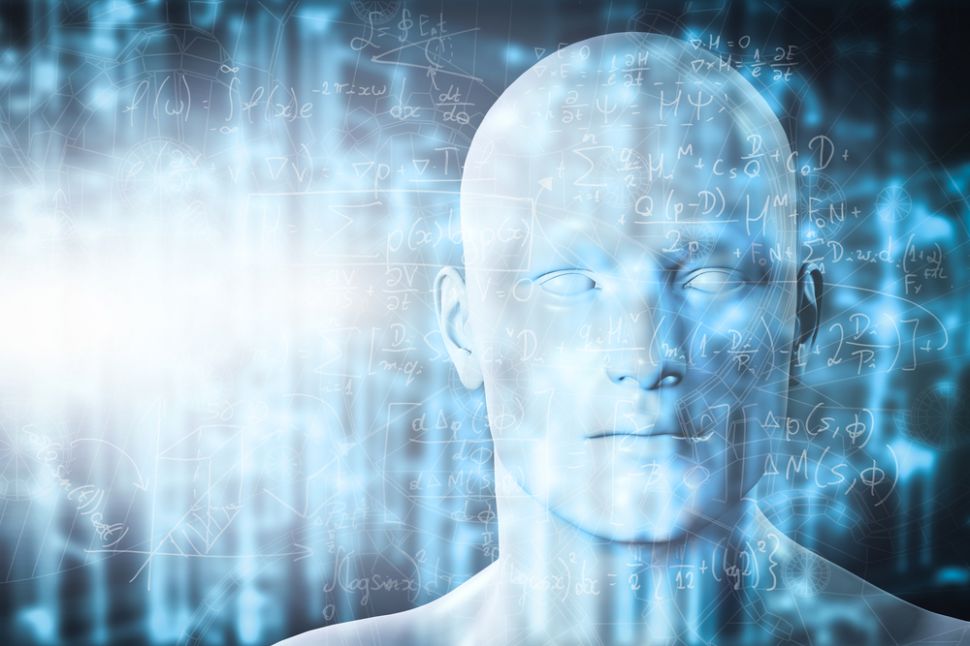
Not long ago, the ethics and transparency of AI might have seemed like the sort of esoteric, cerebral fodder that makes for a good sci-fi, sure, but tenuous in real-world import. That is no longer the case. In fact, in the context of emerging from global pandemic, the impact of AI on our work lives could take on new implications, giving the transparency and trustworthiness of AI-based applications profound new relevance, particularly for employees around the world who are gearing up for the return to work.
Joe Berti is VP at IBM AI Applications.
As companies around the world begin reopening offices, for example, AI can take on a pivotal new role in the workplace: supporting continuous management and maintenance of facilities. This means that intelligent systems could impact millions of workers who may never have imagined AI playing a role in managing their working environment. But with the new urgency of worker safety, AI can be used to gather data in real-time and provide actionable insights that could help organizations perform countless essential tasks such as defining new protocols for employees, imposing social distancing, enabling contact tracing and mapping seating arrangements.
Employees may even begin interacting directly with AI on a daily basis, as companies look to resources like chatbots to help people accomplish simple tasks like booking rooms or deciding the best time to get lunch.
The problem is, even the smartest AI is useless if you can’t trust what it’s telling you. That’s why these powerful tools for workplace return should be governed by a sound ethical framework to ensure they help mediate a return to work without infringing on employee data rights or privacy. In bringing AI to bear on the challenge of workplace reentry, organizations must act in ways that foster consumer trust. Though it’s understandable why organizations might want to cast the widest possible net in gathering data, it is critical these efforts must be done in a way that is consistent with privacy rights and expectations.
Stewardship of data
The stakes of getting this right are high. Employees want the ability to plan proactively, to reserve spaces and find the information they need quickly. AI can help enable that preparedness, but it must be carried out by companies committed to the responsible stewardship of data and technology. For example, IBM’s key guardrails for COVID-19 technology dictate explainability, so that consumers understand what data is collected and how it is used. It also argues that data and the insights gathered should always belong to the owner, that is, the person the data and insights are about. And it also holds that technology like AI must always be used in ways that are lawful, fair, inclusive, and non-discriminatory.
As new solutions to protect worker safety are deployed in the field, guardrails like these should be backed into the solution’s very foundation, down to the ways information is stored or how long it is maintained.
Hot spots
For the vast majority of organizations, the good news is that robust workplace controls do not need to come at the expense of employee privacy. Innovative platforms are able to help extrapolate information by tapping into the wealth of anonymized data generated by computers, routers and numerous other endpoints present in practically any workplace for the purposes of helping manage workspaces. Density heat mapping can make it possible to spot clusters or problem points without identifying who the individuals are. AI-based assistants and AI-optimized seating arrangements can help employees find individual or communal workspaces quickly without having to track any one person’s movements. Interventions can be made without individual confrontation, by adding additional signage or sanitizing stations or by enacting one-way hall and passageways.
Are you a pro? Subscribe to our newsletter
Sign up to the TechRadar Pro newsletter to get all the top news, opinion, features and guidance your business needs to succeed!
In other words, there are many ways to monitor occupancy without necessarily monitoring individual people. Wi-Fi and mobile beacons generate ‘hot spots’ that can show facilities managers where employees are congregating, and where an intervention may be necessary. Visual detection of space and movement can monitor for social distancing without tracking workers on an individual basis, while infrared can tell what proportion of employees are wearing masks without identifying who they are. There is no reason to put people on the spot or undermine the focused environment people need to do their best work.
These techniques can all be designed to maintain workplace protocols without harvesting personal information or making employees feel like they are being watched. To the contrary, these techniques can also help employers and their employees plan, so that interventions aren’t needed in the first place. By using innovation to ethically adapt to this new normal, we will confront the challenges of this pandemic and accomplish what matters most: recovering as a society.
- We've featured the best background check services.
Joe Berti, VP Offering Management, IBM AI Applications, has a diversified experience in sales, marketing, services, operations, product management, new product launches, SaaS, IoT, blockchain, Artificial Intelligence and overall business strategy. He specializes in launching new products and successfully growing software businesses.
